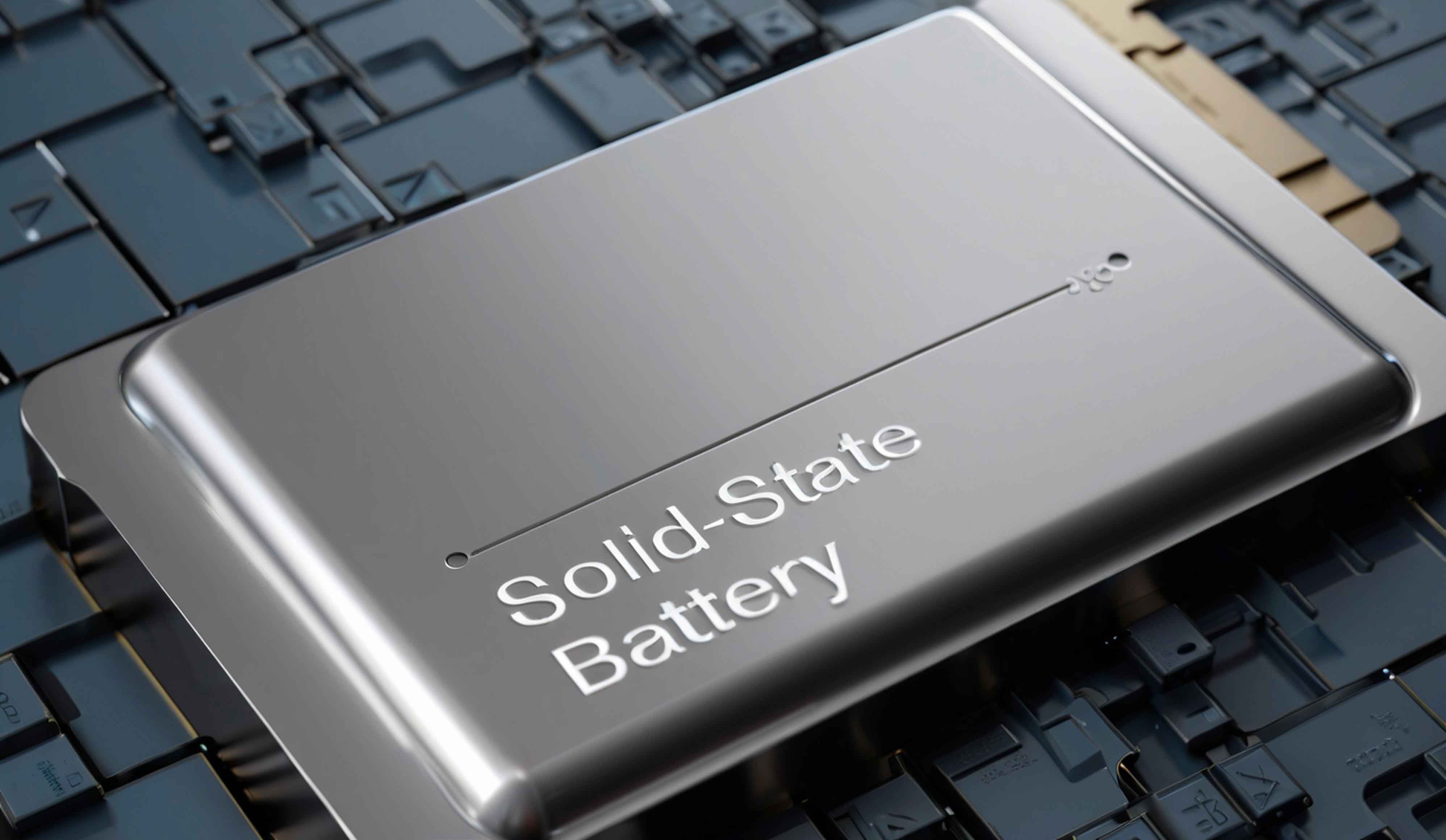As a researcher deeply immersed in the field of energy storage technologies, I find the evolution of solid-state batteries (SSBs) to be one of the most transformative developments in modern electrochemistry. These batteries, which replace liquid electrolytes with solid counterparts, promise unprecedented energy density, safety, and longevity—qualities critical for advancing electric vehicles (EVs) and renewable energy systems. This article synthesizes global advancements, technical hurdles, and strategic imperatives for SSBs, leveraging data, formulas, and tables to illuminate their trajectory.

1. The Promise of Solid-State Batteries
Solid-state batteries are poised to redefine energy storage. Their core advantage lies in replacing flammable liquid electrolytes with solid materials, eliminating risks of leakage, thermal runaway, and dendrite formation. The theoretical energy density of SSBs exceeds 500 Wh/kg, far surpassing the 250–300 Wh/kg of conventional lithium-ion batteries (LIBs). This leap is mathematically expressed as:Energy Density (Wh/kg)=Cell Voltage (V)×Capacity (Ah)Mass (kg)Energy Density (Wh/kg)=Mass (kg)Cell Voltage (V)×Capacity (Ah)
For SSBs, higher cell voltages (up to 5 V) and lithium-metal anodes amplify this equation. Additionally, SSBs operate efficiently across extreme temperatures (-30°C to 100°C), addressing “range anxiety” in EVs.
2. Technical Pathways and Material Innovations
Three primary solid electrolyte materials dominate SSB research: polymers, oxides, and sulfides. Their properties, challenges, and industrial adoption are summarized below:
Table 1: Solid Electrolyte Materials and Their Characteristics
| Category | Ionic Conductivity (S/cm) | Strengths | Weaknesses | Key Players |
|---|---|---|---|---|
| Polymer | 10−7∼10−510−7∼10−5 | Flexibility, processability | Low room-temperature conductivity | Bolloré, Blue Solutions |
| Oxide | 10−6∼10−310−6∼10−3 | Thermal stability, scalability | High interfacial resistance | ProLogium, QuantumScape |
| Sulfide | 10−7∼10−210−7∼10−2 | High room-temperature conductivity | Sensitivity to moisture, oxidation | Toyota, Samsung SDI |
Polymer Electrolytes: Polyethylene oxide (PEO) and lithium salts form the backbone of this category. While their ionic conductivity spikes at elevated temperatures (σ>10−4 S/cmσ>10−4S/cm), room-temperature performance remains suboptimal.
Oxide Electrolytes: Materials like LiPON and NASICON dominate due to their mechanical robustness and compatibility with existing LIB manufacturing. However, poor electrode-electrolyte contact inflates interfacial resistance (RinterfaceRinterface), modeled as:Rinterface=δσ⋅ARinterface=σ⋅Aδ
where δδ is the interfacial thickness, σσ is conductivity, and AA is the contact area.
Sulfide Electrolytes: Despite superior conductivity (σ≈10−2 S/cmσ≈10−2S/cm), sulfides like LiGPS degrade upon exposure to air, demanding stringent production environments.
3. Global Industry Progress
3.1 Japan: Leading the Charge
Japan’s SSB ecosystem thrives on collaboration between academia (e.g., Kyoto University) and industry giants like Toyota and Panasonic. Toyota’s prototype SSB achieves 1,200 km range and 10-minute charging, targeting commercialization by 2027–2028. With 1,331 patents (2000–2022), Japan dominates IP landscapes (Table 2).
Table 2: Global SSB Patent Leaders (2000–2022)
| Rank | Company | Country | Patents |
|---|---|---|---|
| 1 | Toyota | Japan | 1,331 |
| 2 | Panasonic | Japan | 445 |
| 3 | Nissan | Japan | 272 |
3.2 South Korea: Rapid Commercialization
South Korea’s 2021 Long-Term Battery Strategy allocates 20trillionKRW(20trillionKRW(15 billion USD) to SSBs. Samsung SDI’s prototype delivers 900 Wh/L density and 1,000 cycles, aiming for mass production by 2027.
3.3 Europe and the U.S.: Strategic Investments
The EU’s Battery 2030 Roadmap prioritizes SSBs with €3.2 billion in funding. In the U.S., Solid Power’s 390 Wh/kg SSB passes rigorous safety tests, aligning with the National Lithium Battery Blueprint 2021–2030.
3.4 China: Balancing Innovation and Legacy
China leads in semi-solid-state batteries (SSBs with 5–10% liquid electrolytes). Companies like CATL and WeLion deploy SSBs in EVs like NIO ET7 (1,000 km range). However, reliance on liquid LIBs (70% global market share) creates inertia against full SSB adoption.
4. Technical and Economic Challenges
4.1 Core Technical Barriers
- Low Ionic Conductivity: Polymer and oxide electrolytes lag behind liquids. For oxides:σoxide≈10−4 S/cmvs.σliquid≈10−2 S/cmσoxide≈10−4S/cmvs.σliquid≈10−2S/cm
- Interfacial Resistance: Poor solid-solid contact reduces efficiency.
- Lithium Dendrites: Uncontrolled Li plating degrades cycle life.
4.2 Cost Barriers
SSB production costs remain prohibitive:
- Material Costs: 1.5–2.5/Whvs.1.5–2.5/Whvs.0.1–0.15/Wh for LIBs.
- Manufacturing: Customized equipment and immature supply chains inflate capital expenditure.
5. Strategic Recommendations for SSB Advancement
To accelerate SSB deployment, stakeholders must:
- Enhance Global Collaboration: Establish cross-border R&D consortia to pool expertise and resources.
- Optimize Material Design: Explore hybrid electrolytes (e.g., polymer-oxide composites) to balance conductivity and stability.
- Scale Production: Invest in dry-room manufacturing to mitigate sulfide oxidation.
- Policy Incentives: Subsidize SSB R&D and offer tax breaks for early adopters.
6. Conclusion
Solid-state batteries represent a paradigm shift in energy storage, yet their journey from lab to market is fraught with scientific and economic hurdles. Japan and South Korea lead in innovation, while China and the West grapple with legacy systems. By prioritizing material breakthroughs, standardizing production, and fostering international cooperation, the global community can unlock SSBs’ full potential—ushering in a safer, higher-capacity era for electric mobility and beyond.
